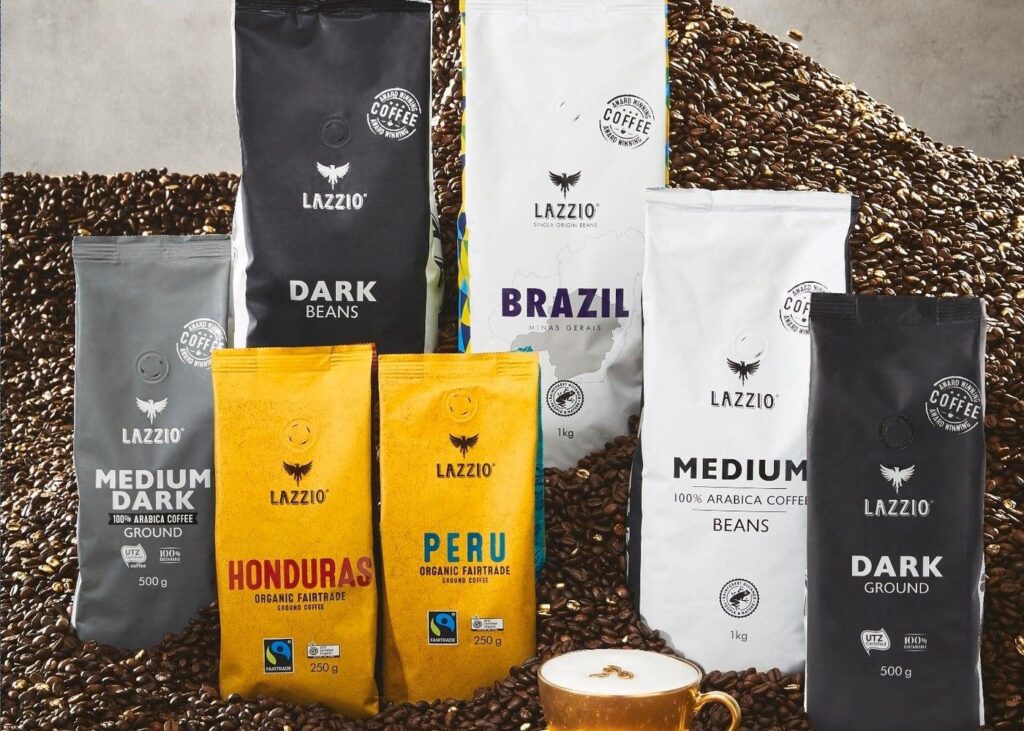We’re now halfway through the Melbourne International Film Festival, and sold-out sessions, queuing outside the Comedy Theatre in the cold and frantically running from one venue to another to make back-to-back screenings, are the order of the day.
To be fair to MIFF, short of holding the entire festival in one venue (and a lot of screenings do take place in multiple cinemas at Hoyts Melbourne Central) these are problems that are always going to be with us – and there are some people who’d say that kind of thing is part of the fun of going to MIFF. They have a point, though probably not the one they think they’re making: at a time when it’s increasingly difficult to nail down exactly why traditional film festivals are important, the physical side of attending one is increasingly important.
Years ago, before home video, the point of film festivals was to screen films that otherwise audiences wouldn’t get to see at all; they then became ways to see films on the big screen that otherwise would go straight to video (or still never be seen at all). But these days film seems to be increasingly split into two streams. There’s the big mainstream blockbusters that demand to be (and generally are) seen on the big screen (Dunkirk isn’t exactly the same film watched on your phone), and then there’s everything else, which is increasingly aimed at home viewing via streaming services who are buying up everything in sight.
So while these services might let their films appear in a film festival or two – thus providing fans with a big screen experience – increasingly those films aren’t going to be made for the big screen, and while watching television on a big screen can be fun, it’s still not quite the same. MIFF is already taking steps down this path, showing all six parts of the second series of Jane Champion’s Top of the Lake; thing is, if you’re really keen to see it you can see it at home now, as it’s already aired in the UK and is available on the BBC’s iPlayer if you can access such a thing. So is the future of film festivals just a way to watch things you can see at home on a bigger screen?
Obviously there will always be films that festivals can show earlier or better, but – in Australia at least – increasingly the Palace chain of cinemas is grabbing films for their own run of year-round festivals. They have the money to buy up the rights to films that would usually appear in regular festivals, and they have the venues to host these festivals in: for audiences there’s no real downside, as they get a wide range of films they might not otherwise see, hosted in a venue where they can go from film to film without ever having to step outside.
And with Palace looking to expand this business model to take in pretty much every kind of film that isn’t a mainstream release (they’re now hosting UK and American Indie festivals, alongside more traditional ones like the French and Greek festivals), it leaves more traditional general festivals like MIFF standing out in the cold.
Written by Anthony Morris





